Tampa International Airport is no stranger to the occasional wildlife visit but recently, it had an unexpected guest. A Florida black bear found its way onto the airport’s property, creating quite a buzz among airport officials and travelers.
In this article I will take you on a journey through this entertaining wildlife encounter. From the beginning (the bear’s daring entrance) to its safe relocation. Along the way, we’ll delve into fascinating facts about black bears and their habitats.
The Unusual Visitor

One sunny afternoon, a Transportation Security Administration (TSA) employee spotted a Florida black bear strolling along the airport’s perimeter fence, an unprecedented event in the airport’s 50-year history. The bear had ventured into the employee parking lot on the north end of the property, likely after scaling a fence with remarkable agility.
The Capture Mission

Airport authorities swiftly took action to ensure everyone’s safety. Local and state agencies set up a robust perimeter around the area and strategically placed traps to capture the bear.
To monitor the bear’s movements overnight, they employed infrared helicopter cameras. Despite two initial attempts to tranquilize the bear – the crafty bear eluded capture. However, patience paid off and on Wednesday morning, the bear was finally lured into one of the traps – completely unharmed.
A Relocation Story
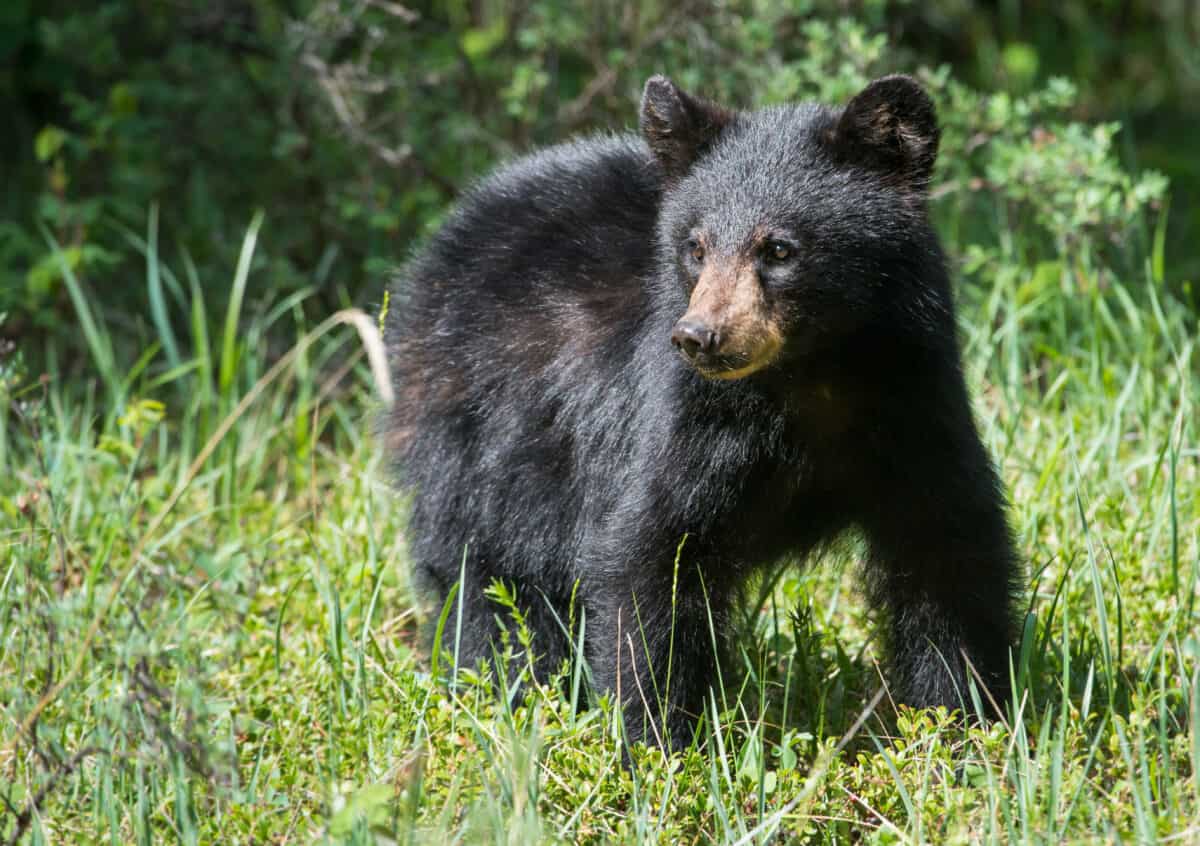
In accordance with state protocols, the Florida Fish and Wildlife Conservation Commission took charge of relocating the bear to the Ocala National Forest in central Florida. Fortunately, the bear’s adventure had a happy ending without any disruptions to airport operations or harm to airport employees, as Tampa International Airport Executive Vice President of Operations, John Tiliacos, reassured.
The Video
Black Bear Social Behavior and Habitat
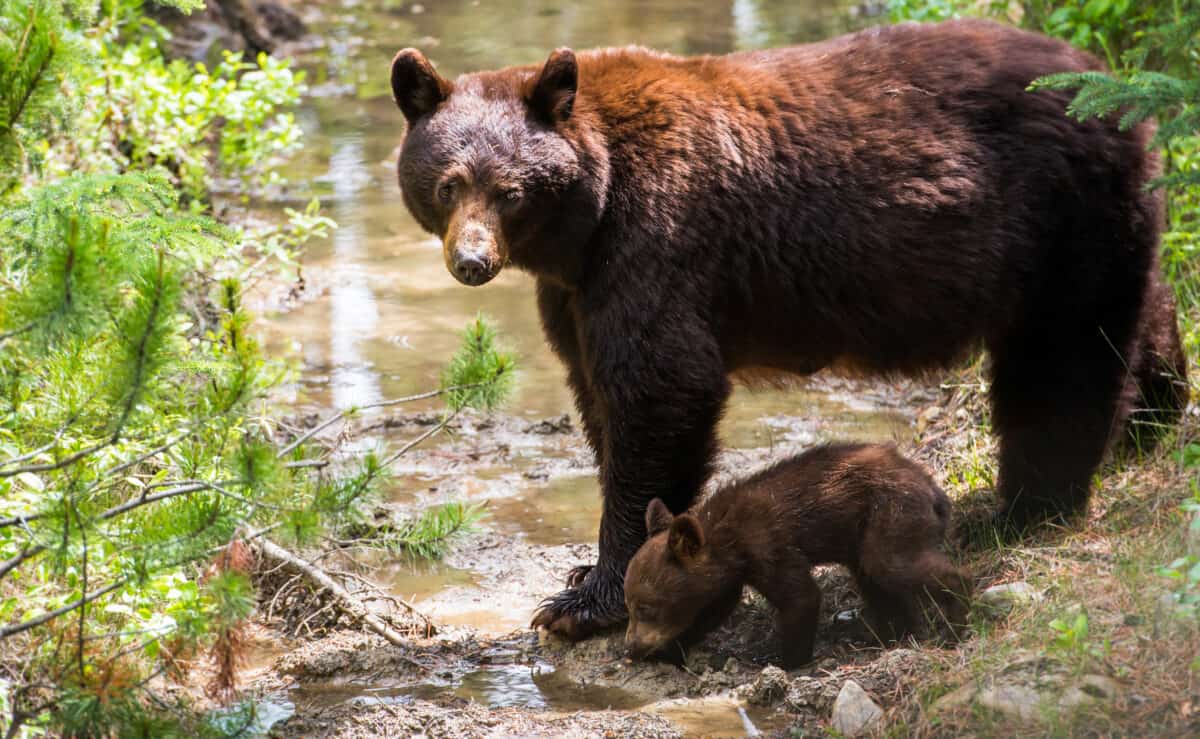
Like the bear that stopped by the airport, Florida black bears are fascinating animals with distinct social patterns and habitat preferences. It is well known that these bears lead solitary lives and that interactions between individuals are rare. Due to their extreme adaptability, they can live in a wide range of habitats, including suburbs like Tampa and forests and swamps.
Black bears are omnivorous – which means they consume both plant material and small animals. They are particularly fond of berries, acorns and other fruits, but they won’t say no to the occasional meal of insects or small mammals.
During spring and summer, when bears become more active, they might venture into unexpected areas as they search for new territories or mates.
What is the scientific name of the black bear?

The scientific name of the black bear is Ursus americanus.
Where do black bears live?

Black bears are primarily found in North America, including Canada, the United States, and parts of Mexico. They inhabit forests, swamps, and mountainous regions.
What do black bears eat?

Black bears are omnivores, meaning they eat both plants and animals. Their diet includes berries, nuts, fruits, insects, small mammals, and carrion. They also occasionally eat fish.
How big do black bears get?
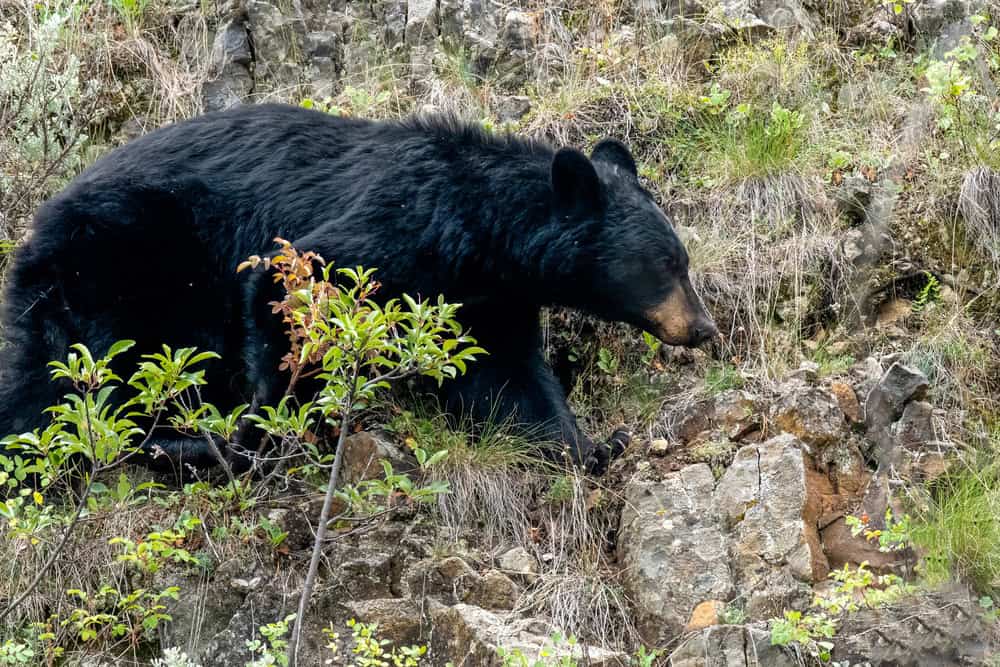
Male black bears typically weigh between 150 to 600 pounds, while females weigh between 90 to 300 pounds. They can grow up to 5 to 7 feet in length.
How long do black bears live?

In the wild, black bears live an average of 18 years, but they can live up to 30 years in some cases. In captivity, they can live even longer due to better health care and absence of predators.
How do black bears hibernate?
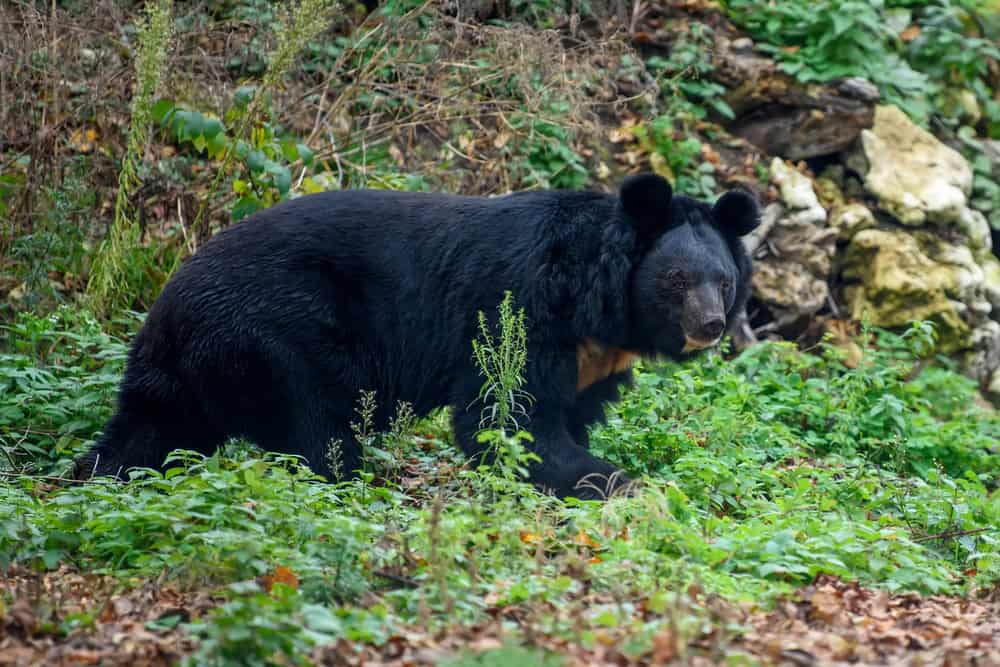
Black bears hibernate during the winter months. During hibernation, they enter a state of torpor, where their metabolic rate slows down, and they survive on stored body fat. They usually hibernate in dens made in caves, hollow trees, or dug-out ground areas.
Are black bears dangerous to humans?

Black bears are generally not aggressive towards humans and usually avoid contact. However, they can become dangerous if they feel threatened, are protecting their cubs, or are attracted to human food sources. It’s important to keep a safe distance and store food securely while camping or hiking in bear habitats.
How do black bears communicate?

Black bears communicate through vocalizations, body language, and scent markings. They use sounds like grunts, huffs, and growls to express different emotions and intentions. They also mark trees with their claws and scent to establish territory and attract mates.
How many cubs do black bears have?

Black bear females typically give birth to 1 to 3 cubs at a time, though they can have up to 5. Cubs are usually born in January or February while the mother is hibernating and stay with her for about 1.5 years before becoming independent.
What is the current conservation status of black bears?
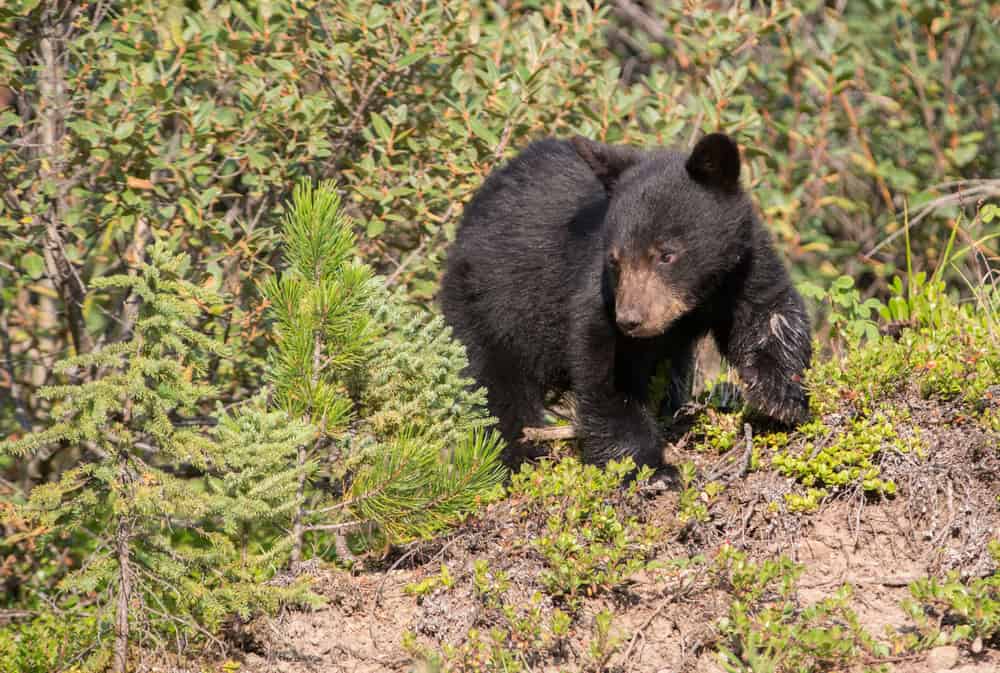
The black bear is listed as a species of least concern by the International Union for Conservation of Nature (IUCN). However, they face threats from habitat loss, human-wildlife conflicts, and illegal hunting in some areas. Conservation efforts focus on habitat preservation and minimizing human-bear conflicts.
Wrapping Up with Bear Captured After Wandering Into Tampa International Airport
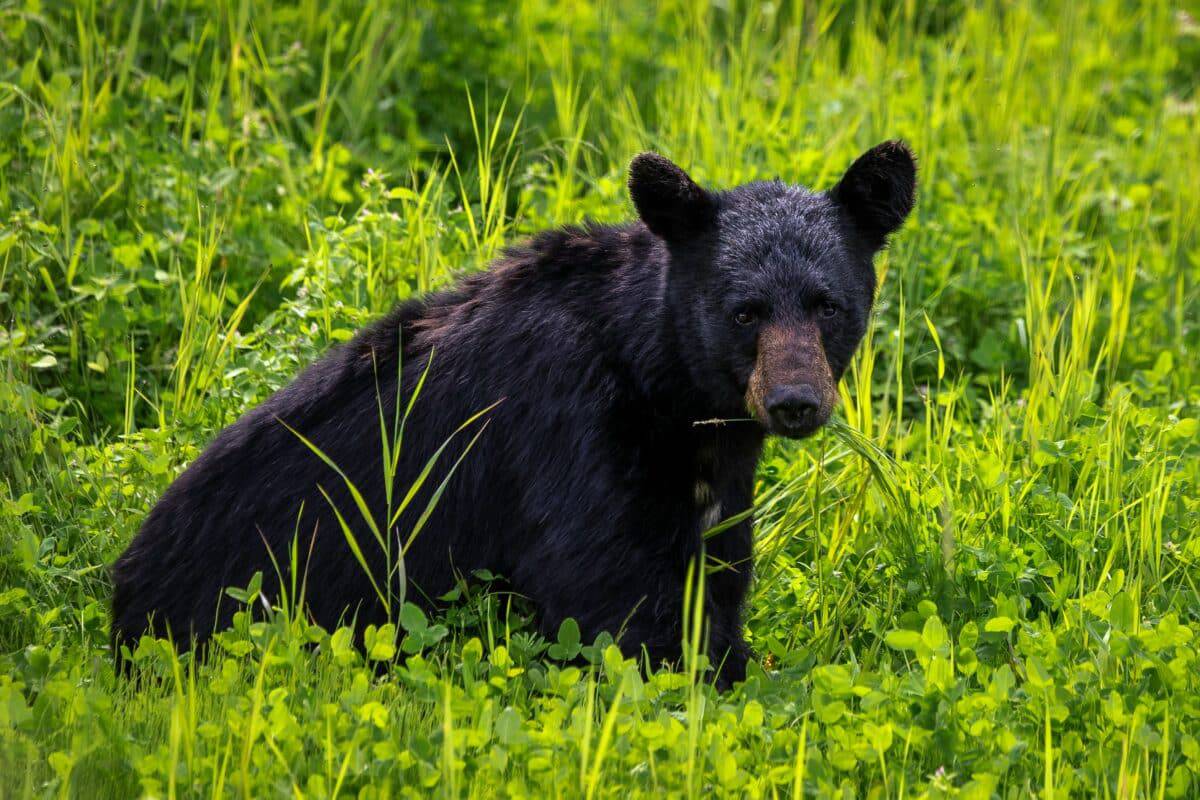
The recent adventure of a Florida black bear at Tampa International Airport serves as a reminder of the incredible wildlife that coexists with us. Even in seemingly unlikely places. With a little patience, wildlife experts were able to safely relocate the bear.
Consequently, its welfare and the airport’s continuous smooth operation are guaranteed. It’s important to remember to respect these amazing creatures’ space as we coexist with them on our planet.
As well as refrain from approaching or feeding them. This unusual encounter at the airport will undoubtedly be a tale shared for years to come. Furthermore, highlighting the importance of coexisting harmoniously with nature.
Next up in the animal kingdom:
Join our Forum for free today!

- Kind Elephant Merciful To Lion Cubs - July 22, 2024
- Beachgoers Save Massive Shark Stranded In Florida - July 22, 2024
- Pit Bull Rescued From Being Chained Its Whole Life Gets A Surprise - July 21, 2024


